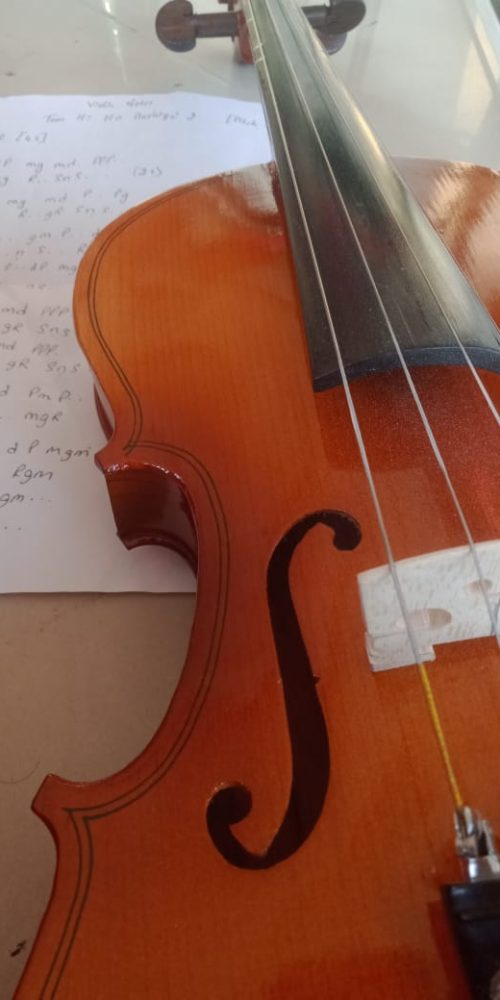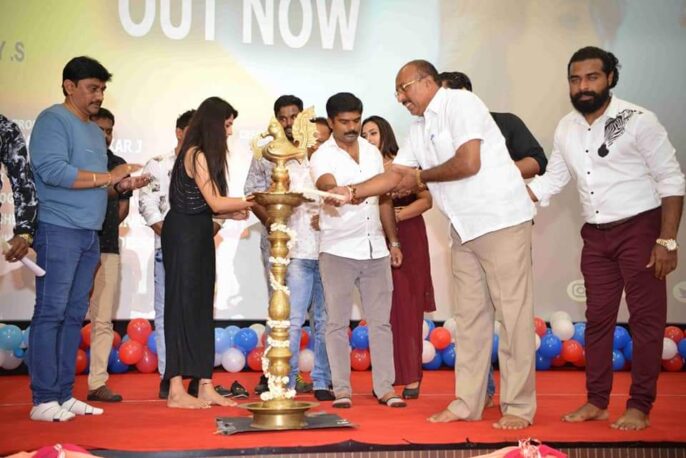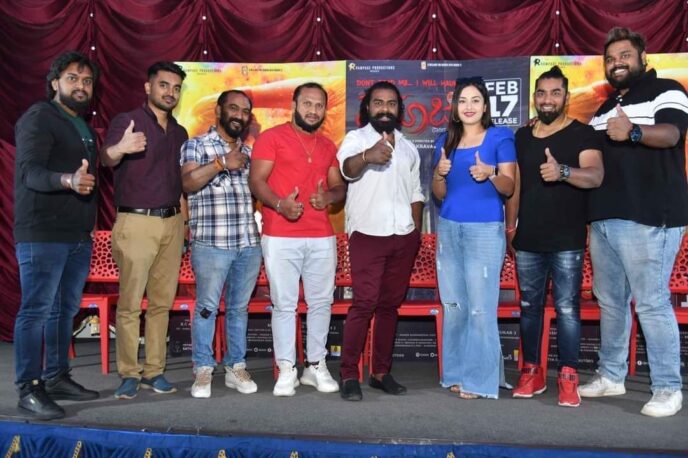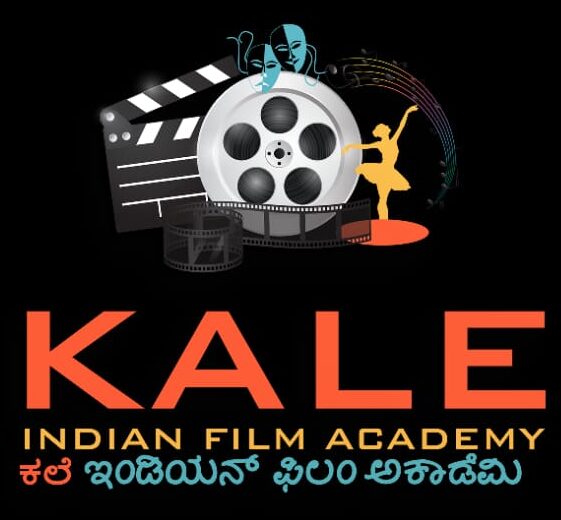Join our film institute courses and learn the art of storytelling through the lens. Your cinematic adventure awaits.
Digital Intermediate refers to the process of digitizing and manipulating film footage using digital tools. It allows filmmakers to have greater control over the color, contrast, and overall look of the film. DI typically involves scanning the original film negative or digital camera files into a digital format, editing the footage, applying visual effects, and then converting it back to the desired format for distribution.

EDIT INDEX
- The Cut Page
- The Media Pool
- The Viewer
- Audio Meter
- The Timeline
- The Edit Page
- The Media Pool
- Effects Library
- Browsing
- Edit Index
- Source/Offline and Timeline
- Viewers Inspector
- Toolbar
- Timeline
- Floating Timecode Window
Timeline Basics
- Creating a new timeline
- Timeline navigation and zooming
Editing Tools
- Cut, Copy, Paste
- Ripple edit, slip, slide, and roll
- Edits Dynamic Trim tools
Adding Clips to the Timeline
- Drag-and-drop method
- Overwrite and insert
- Edits Replace edit
Introduction to DaVinci Resolve
- Overview of the interface
- Different workspaces (Media, Edit, Fusion, Color, Fairlight, Deliver)
Importing Media
- Importing files and media
- management Supported file formats
Organizing Media
- Creating bins and
folders - Metadata and
keywords
Transitions
- Adding transitions
- Adjusting transition duration Types
of transitions
Basic Audio Editing
- Adjusting audio levels
- Adding keyframes
- Using the Fairlight page for more advanced audio editing
Color Correction and Grading
- Basics of color correction
- Color grading techniques
- Using the Color page
Text and Titles
- Adding text to the timeline
- Customizing text and titles Text animation
Effects and Filters
- Applying effects to clips Adjusting
- parameters Using third-party plugins
Exporting and Delivery
- Choosing export settings
- Exporting to different
formats - Rendering options
Shortcuts and Workflow Tips
- Essential keyboard shortcuts
- Optimizing
workflow for efficiency
Troubleshooting and Common Issues
- Handling playback issues
- Managing project files and backups
Advanced Features (Optional)
- Fusion for visual effects
- Advanced color grading techniques
- Collaboration features
GRADING/DI INDEX
- The Color Page
- Viewer
- Gallery
- Node Editor
- Timeline
- Left Palettes Center
- Palettes Keyframe
- Editor
THE SCIENCE OF COLOR MANAGEMENT
- Bit Depth
- Color Gamut
- Real-world application (color space
transformation) - LUTs – Definition & Use
LUTs – 1D vs 3D LUTs
What you'll learn
Color Grading for Video and Cinema
- Color Theory
- Color Science
- Color Analysis
- Color Management
- Color Grading Techniques
- Cinematic Looks Creation
- Davinci Resolve Color Tools and Techniques
- Advanced Color Grading Techniques
PRIMARY GRADING
- Introduction to Primary Color Correction
- Introduction to Video Scopes
- The Scopes (pt.1) – Waveform
- The Scopes (pt.2) – Vectorscope
- The Scopes (pt.3) – RGB Parade
- The Scopes (pt.4) – Histogram
- Tonality 04:20
- Tonality in practice – Setting the tonal
- Range Color Balance
SHOT MATCHING
- Building a strategt
- Exposure/Contrast
- Exposure/Contrast
Color - Shot to Shot comparison
SECONDARY GRADING
- Introduction to Secondary Color Correction
- HSL Secondary Color Correction (pt.1)
- HSL Secondary Color Correction (pt.2)
- Shapes & Masks (vignetting & spot
corrections) Tracking
CREATING SHOTS
- Creating looks – Introduction
- Film looks
- Bleach bypass
MOVIE COLLECTION





